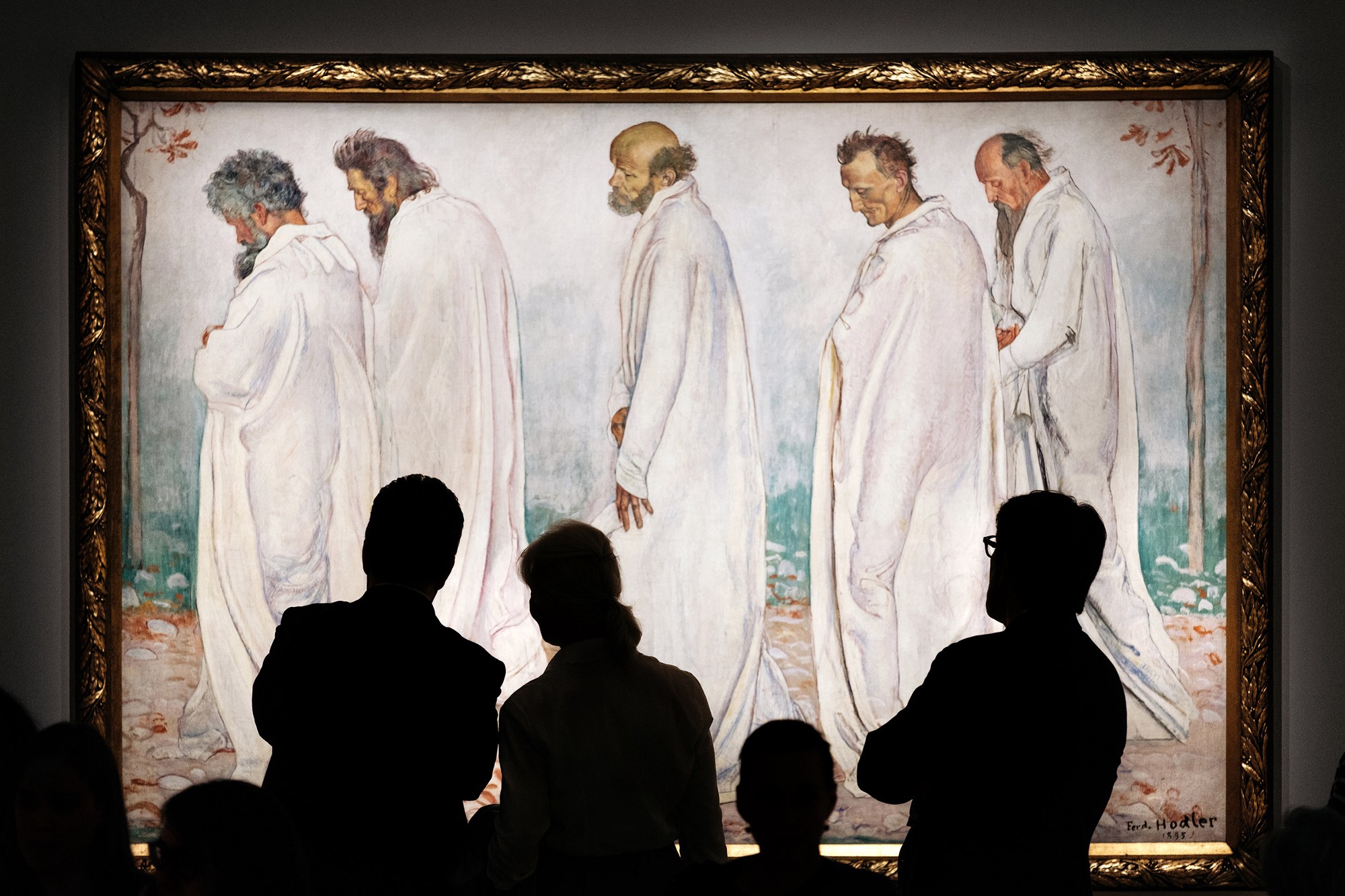Last Updated on 12/14/2018 by Mark Beckenbach
Looking for ways to improve your photography? This lesson on parallelism should help you get more interesting and eye-catching snaps.
With everyone essentially being photographers now, how do you make your work more insightful and set it apart from the rest? How do you keep improving your photography? The short answer is that you work on composition. One of the ways to achieve this is to apply the principles of parallelism to your photography. If you’re hearing about this concept for the first time, Switzerland-based freelance photographer Samuel Zeller talks about it in great detail and what it can do for your work.
In his article, “What is parallelism and how to use it to improve your photography“, Zeller first shares his fascination for geometry and man-made structures, and his realization that it was because of the parallelism between the various elements as constructed in an image. However, he notes this concept isn’t simply about symmetry or repetition of shapes. “To better understand what is parallelism you first need to deconstruct photography and bring it back to its essence,” he adds.
As he also points out, a photograph is comprised of light, shapes, and colors (or tones in black and white photography). To find parallelisms in the scenes and subjects you photograph, the key is to find the similarities between these different elements and how they can interact or intersect in your frame.
To help us better grasp the concept, Zeller also gives a rundown of the different types of parallelism you can find and use as you go on your next shoot. He says that they’re abundant in nature, from the tree trunks in a forest that form a collection of vertical lines, to the lines and curves formed by a chain of mountains. It’s also in the human figure, with our anatomy full of similarities, symmetry, and asymmetry, and even with our fashion and myriad of movements.




Of course, the article wouldn’t be complete without showing us how to construct our photos with parallelism in mind. First, there’s Verticality, wherein we simply include two or more vertical elements in the frame. Next is Horizontality, which is essentially the same as the former but you compose with horizontal elements in mind. Then, there’s Symmetry, which is pretty self-explanatory and remains one of the most popular composition techniques. Next is Rhythm, which makes use of repetition and complex structures (and even patterns) to draw the eyes around the frame. Lastly, there’s Mimetism, which utilizes imitation and resemblance of elements to create parallels in an image; diptychs are perfect for this technique.
This is just a summary, so do check out Samuel Zeller’s full article to see more examples of parallelism and how to practice it.
Photos by Samuel Zeller used with permission


